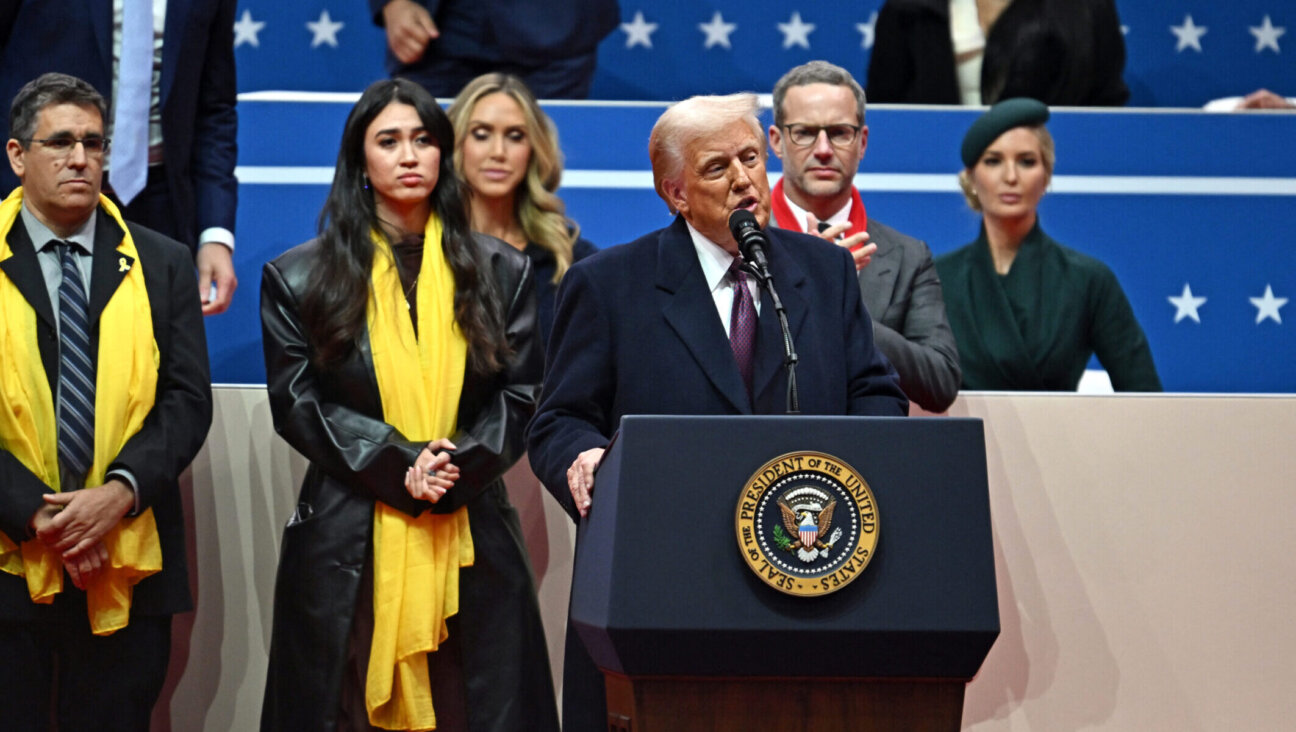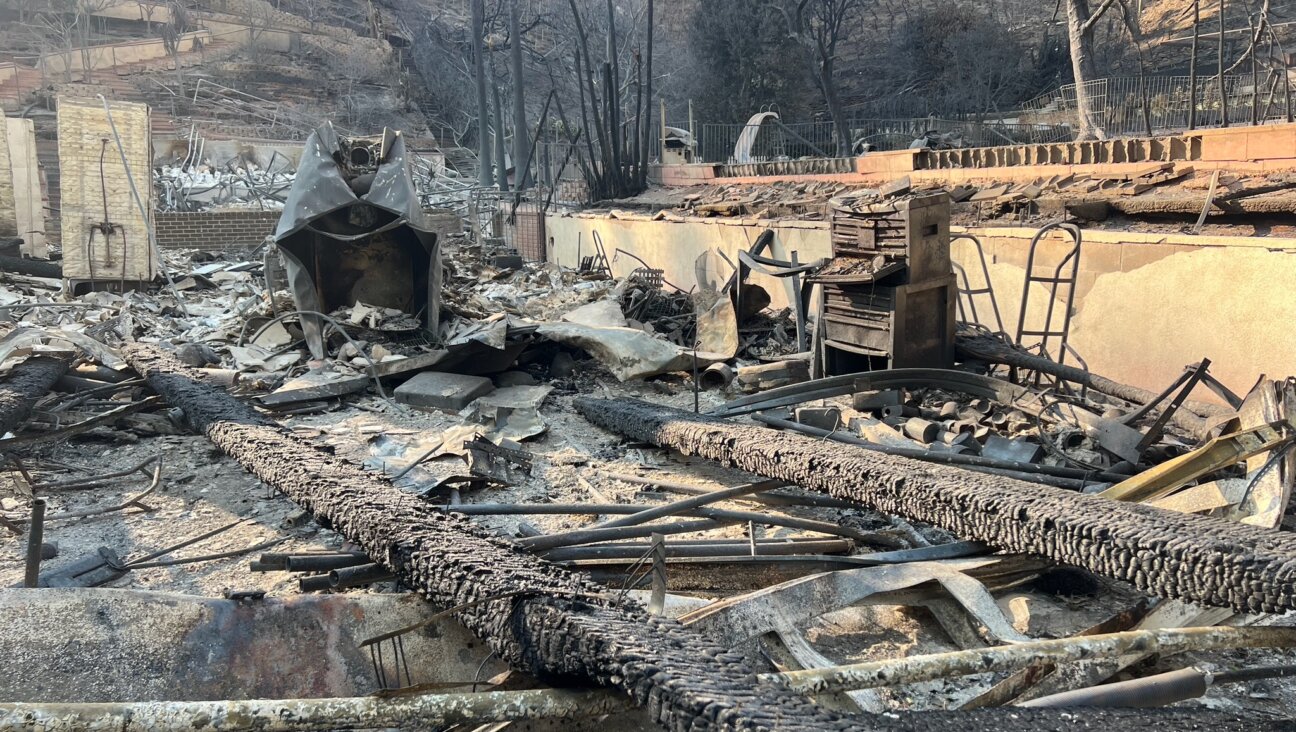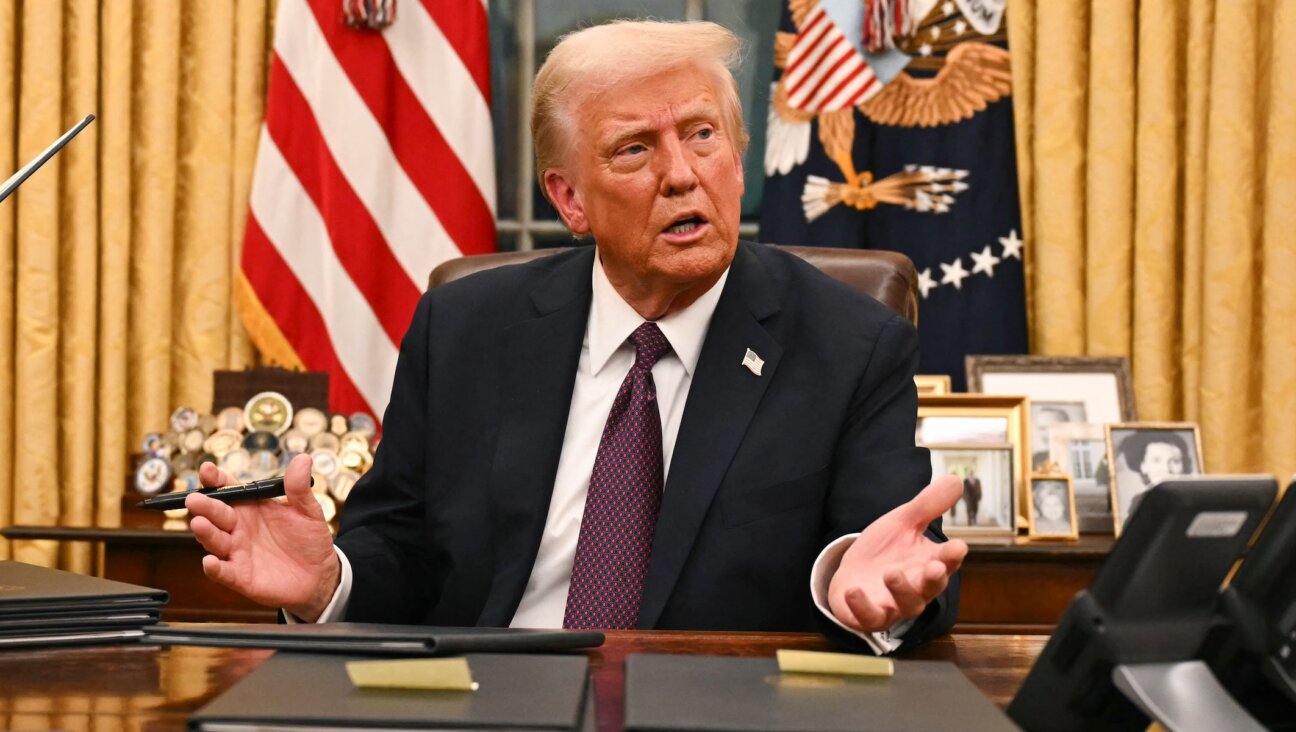Seizing a Moment of Promise for Mideast Peace
Things are starting to look up on the Middle East peace front. From the very positive White House meeting in July, where Prime Minister Benjamin Netanyahu vowed to take to “concrete steps” to revive the peace process, to the Arab League’s recent green light for direct negotiations between Israelis and Palestinians, we’re finally seeing some forward momentum.
Yet even as direct talks appear to be on the near horizon, skeptics are quick to note the many obstacles to progress: The Palestinians are politically divided, with Hamas firmly in control of Gaza. Netanyahu’s right-wing coalition partners are more interested in resuming building in the West Bank than making the necessary territorial concessions for peace. And, the skeptics say, the resolve of the two sides’ leaders to reach an agreement remains to be seen.
The skeptics are not wrong. There is no shortage of reasons to worry. Still, having been deeply engaged with Israeli-Palestinian peace-making since my days negotiating the Oslo Accords, I am optimistic about the possibilities that now exist to reach a comprehensive settlement between the parties.
The stars are, in many ways, aligned. Both sides have a strategic interest in reaching an agreement, and they realize that this may be their last chance. In the White House, there is a president determined to bring this conflict to a close.
Israel’s leaders know that their real security threat comes from the extremist regime in Iran, and its allies Hezbollah and Hamas. An agreement with the Palestinians would deprive the fundamentalists of their main reservoir of venom. Furthermore, this may be Israel’s only remaining chance to strike a deal with the moderates in the Palestine Liberation Organization.
As for the Palestinians, this may be their final opportunity to achieve their own viable state under a pragmatic leadership — as is desired by most of the Palestinian people. They also have a chance to improve critically important relations with the United States.
Senior Palestinian sources have told me, directly, about the proposals they have made to American envoy George Mitchell for a permanent-status agreement. Their proposals envision a border based on 1967 lines, but with territorial swaps that would allow Israel to retain control of major settlement blocs; arrangements to meet Israel’s security concerns; and a compromise on the refugee issue that is designed to be acceptable to Israel. Their proposals also include a solution to the issue of Jerusalem that would make the city’s Jewish neighborhoods the recognized capital of Israel and its Arab areas the capital of Palestine, while the city itself would remain physically undivided.
Considering that these are the Palestinians’ positions even before beginning negotiations, there is reason to be optimistic that a deal is within reach. Palestinian President Mahmoud Abbas understands that if he does not achieve an agreement now, he will not create a Palestinian state.
On the Israeli side, the concept of a two-state solution now enjoys unprecedented support. Since Netanyahu’s June 2009 speech at Bar-Ilan University, a two-state solution has been the official policy not only of Labor and Kadima, but also of the leader of the Likud. This idea is now backed by more than 70% of Israelis.
Finally, President Obama has changed the underlying international dynamics, creating a bridge between the West and the Islamic world, and fostering proactive diplomacy. He has demonstrated that he is the president under whose auspices Israelis and Palestinians have an interest in making peace.
It is now up to Israel to bring its position, in a courageous way, to the table. Israel must convince the Palestinians and the Arab world that we are serious about moving toward an agreement in which the Palestinian state would have territorial integrity and socio-economic viability. A good way for Israel to signal its intentions on this issue would be for it to renew the current settlement freeze.
Ultimately, however, the most difficult negotiations may not be between Israelis and Palestinians, but within each of these two groups. The greatest obstacles to progress are opponents of concessions on both sides. In order to line up political support for moving forward in negotiations, Netanyahu may very well have to join with Kadima in a national unity government. Abbas, for his part, will need the support of the Arab countries in order to counter Hamas and other extremists.
Making sure this negotiating process produces an agreement will be a test of leadership for both Netanyahu and Abbas. If they demonstrate the necessary courage, I am convinced that a deal is possible that would receive support from the great majority among both peoples, who are tired of conflict and want to secure their children’s futures.
Uri Savir is president of the Peres Center for Peace. Between 1993 and 1996, he was director-general of Israel’s Foreign Ministry and chief Israeli negotiator for the Oslo Accords.
A message from our Publisher & CEO Rachel Fishman Feddersen

I hope you appreciated this article. Before you go, I’d like to ask you to please support the Forward’s award-winning, nonprofit journalism so that we can be prepared for whatever news 2025 brings.
At a time when other newsrooms are closing or cutting back, the Forward has removed its paywall and invested additional resources to report on the ground from Israel and around the U.S. on the impact of the war, rising antisemitism and polarized discourse.
Readers like you make it all possible. Support our work by becoming a Forward Member and connect with our journalism and your community.
— Rachel Fishman Feddersen, Publisher and CEO























